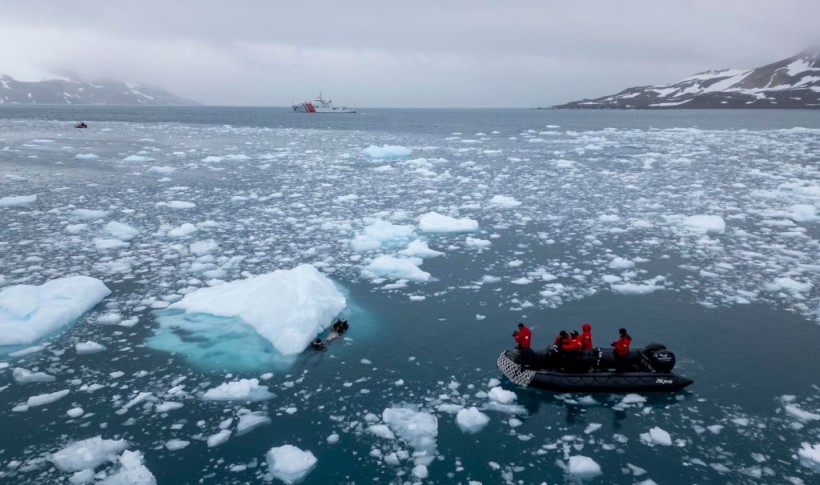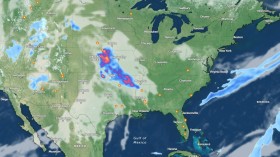The latest report shows that global climate change threatens Antarctic sea ice, which revealed a declining trend in 2024. Warming events cause the thinning and shrinking of ice, posing threats to polar animals and low-lying communities.
In a recent Nature World News (NWN) report, the decline in sea ice can lead to an alarming problem due to potential impacts on wildlife and sea-level rise. Communities can become vulnerable to rising waters and increased flooding.
Antarctica is crucial for the ecosystem and biodiversity, which many polar animals depend on. As a result, studying Antarctica is important to understand the potential effects of climate change and warming events on ice sheets.
Protecting Antarctica from decline holds ecological importance, as the region has suffered from different threats, including invasive species, marine pollution, global warming, illegal fishing practices, and bird flu.
Antarctic Sea Ice Still Under Decline

Researchers from NASA studied the near-historic lows of sea ice in Antarctica in 2024. The findings warn of a 46-year trend of ice thinning in the region, with alarmingly no sign of reversing. Rising temperatures have continued to threaten the sea ice, causing the sea ice coverage to plummet.
In February, the report found that February recorded a low in sea ice extent, reaching 1.99 million square kilometers. Antarctica has experienced lows for the third year in a row. Experts analyzed the shrinking using satellite data from the Nimbus-7 satellite and the Defense Meteorological Satellite Program.
In addition, the report warns of the effects of solar heating on sea ice decline. Long-term temperature fluctuations can significantly cause widespread shrinkage. As a result, understanding climate change will help provide new insights into mitigating the loss of ice.
"In 2016, we saw what some people are calling a regime shift. The Antarctic sea ice coverage dropped and has largely remained lower than normal. Over the past seven years, we've had three record lows," Walt Meier, a sea ice scientist, said, as quoted in a NASA report. Meier is also from the National Snow and Ice Data Center at the University of Colorado.
Sea-Level Rise and Ice Melting
In a recent report, the melting of glaciers can cause an increase in water in oceans. The massive melting, due to warming conditions can lead to a significant sea level rise. As a result, protecting Antarctica and Greenland sea ice is crucial to preventing its devastating impacts on coastal areas and low-lying communities.
An increase in greenhouse gas emissions can exacerbate the warming event, contributing to an alarming loss of sea ice. Temperature fluctuations can affect many animals in the region, including penguins and polar bears. .
In Greenland, ice shrinking was also detected in the region, where ice sheets were replaced by barren rocks.
Related Article: Greenland Ice Sheet Alarms Scientists, Large Area Replaced With Wetland, Barren Rocks
For more similar stories, don't forget to follow Nature World News.
© 2024 NatureWorldNews.com All rights reserved. Do not reproduce without permission.



![Roundworms with Short Memories 'Stop Forgetting' When Frozen or Given Lithium [Study]](https://1471793142.rsc.cdn77.org/data/thumbs/full/70295/280/157/50/40/roundworms-with-short-memories-stop-forgetting-when-frozen-or-given-lithium-study.jpg)

